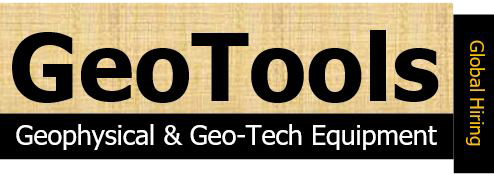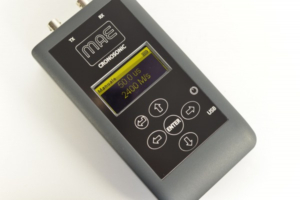Description
Cronosonic is an instrument for ultrasonic pulse velocity through transparency which can be used to investigate poles, truss, diaphrams, laboratory samples and many other structures made of concrete or stone. It performs measurements with direct, indirect and semi direct method. Very compact instrument is provided with display for realtime visualization of the time of fly (T.O.F.) and velocity of investigated material. Measurements can be transferred to a PC through USB connection. For the visualization of wave form it is possible to interface instrument with external oscilloscope. Ultrasonic pulse velocity survey is a standardized system in diagnostics of concrete. From analysis of compression P waves into material, it is possible to get Time of Fly (T.O.F.) of ultrasonic waves and propagation speed of the same into investigated material. This high frequency method is particularly indicated for compact materials such as dried concrete and on structural elements of reduced dimensions as trusses, poles, etc. This instrument series allows to estimate mechanical characteristics of materials, evaluate homogeneity rate and any eventual fractures, cavities, defects or anomalies of the element.
Instrument complies to regulation C597 – 09 Standard Test Method for Pulse Velocity Through Concrete.
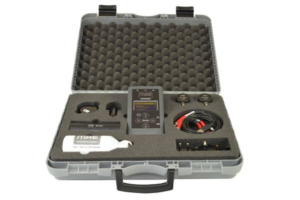
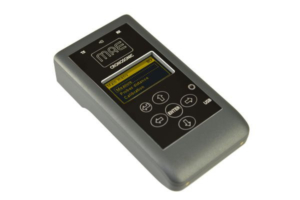
Methodologies
ULTRASONIC PULSE VELOCITY
The method is based on the propagation speed of longitudinal ultra-sonic waves inside a reinforced concrete structure. The propagation speeds depends on the characteristics of the material such as elasticity, density, presence of gaps, micro-holes, etc… From the determination of the following parameters: reflection, refraction, transit time (T.O.F.) and mitigation of the vibration energy, it is possible to obtain information on:
-
Homogeneity of the mix
-
Elasto-mechanical characteristics
-
Entity, geometry and location of particular faults or internal defects, variations in time of the quality parameters of the concrete
Ultra-sonic tests through which it is possible to evaluate the transit speed of the pulses (with known thickness and time) are particularly important.
The primary goal of the Ultra-sound survey is to record the time of fly (TOF, Time of Fly) and the following calculation of the speed. In order to calculate the propagation speed of longitudinal waves (P waves), the arrival of the first wave-train must be found out with accuracy. In order to perform this operation correctly, the instrument must be equipped with oscilloscope that allows to visualize the transit wave on the device display.
The ultra-sound tests can be carried out with:
-
Direct method
When the transmitting and receiving probes are positioned on the opposite sides of the element to test.
-
Semi-direct method
When the E/R probes are positioned on adjacent surfaces, usually orthogonal, of the element to test
-
Indirect method
When E/R probes are positioned in the same side of the structural element to test.
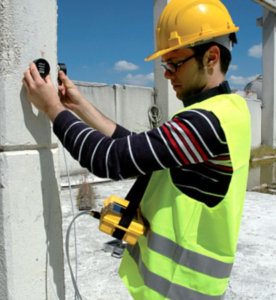
Technical Specifications
General
Number of channels: 2 TX/RX
Internal storage : 250 measures
Operating temperature: -20/+80 °C
Power supply: Rechargeable internal battery
Interface: mini-USB charge / data download; BNC to oscilloscope
Display : 3″ visualization of time of fly (T.O.F.) and speed
Reference standards: ASTM C597 – Standard Test Method for Pulse Velocity Through Concrete
Acquisition
Resolution: 0.1 µs
Measuring range: > 5000 µs
Filter bandwidth: 20-80KHz
Amplifier gain: 50dB
Minimum trigger in : 145 mV
Probes
Typology: Surface contact
Frequency: 55 kHz
